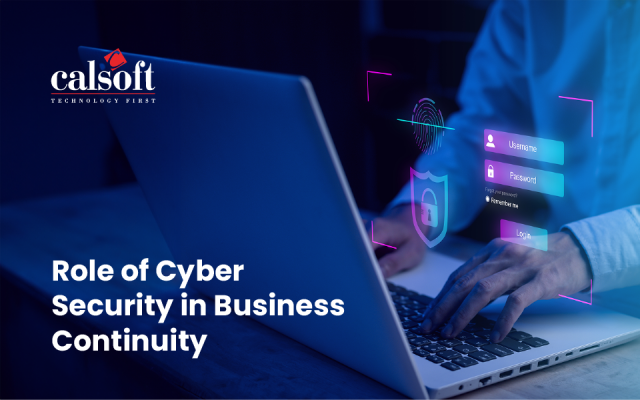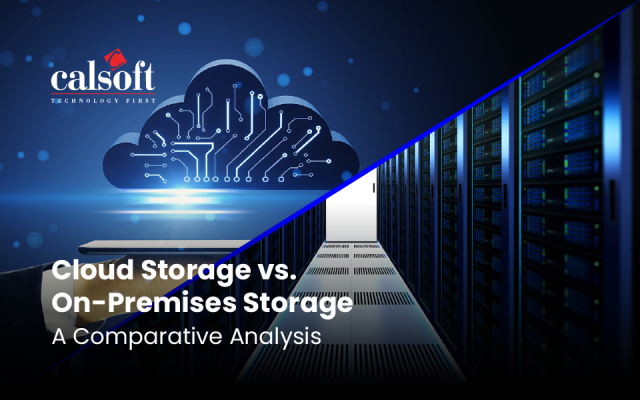451 Research has estimated that in 2014 the market for All-Flash Arrays across the leading vendors was a substantial $ 1.7 Billion with a growth of over 150% from the previous period. The capacities being shipped are also very large – IBM at top spot (for raw capacity shipped) moved a scarcely believable 22,773 TB and EMC in 2nd place shipped 13,404 TB. The reasons for the growth of Flash are not difficult to find – the thinking today is that applications that are heavy on data or that require frequent input / output will do much better with Flash – that’s pretty much all enterprise and consumer facing apps today.
The scale of the opportunity is such that all the big names and several of the start-ups have skin in this particular game. It’s, then, small wonder that the development and testing of this product class is front and center in the concerns of many VP’s of Engineering. Our tech folks and the marketing team put together a wonderful webinar a couple of weeks ago that zeroed in on some of the challenges of testing AFAs and some of the myths– the content deserves another look.
The first challenges is in understanding the various features and how they are different in the context of AFA. Consider the Flash Translation Layer (FTL). Given the different way Logical Block Addresses arrays are presented in HDDs and Flash the FTL becomes essential. Similarly there are the other Flash specific features like Garbage Collection and Discard. It is important to understand what this means to testing – especially the performance benchmarking & testing of the AFA.
While on the topic of Performance Testing another challenge becomes apparent – that of settling on the appropriate tool to use for performance benchmarking. There are several to consider from TPC, SPC-1/2/C/E, SPEC SFS and the like. The other question to answer here is choosing the right SSD – a single level cell or multi-level cell (SLC or MLC)?
In these days of Continuous Integration when product development is based on shorter sprints and faster delivery automation has to play a key role. This presents another key challenge to consider while testing AFAs – that of building an appropriate automation framework for testing them.
There is sharp competition out there – one way that vendors are trying to stand apart from the crowd is to address specific customer niches. This implies that the testing of the AFA product also has to keep the customer in mind – customer centric testing in other words. The need is to test by creating environments similar to those in the customer’s enterprise including the applications they are likely to use and the test workloads they are likely to encounter. The other necessity becomes to test the AFAs in production-like hardware configurations and combinations.
Given the vast array of products and solutions that reside in a typical enterprise data center it has become more or less mandatory to find common ground in the way they work, interface and communicate with each other. The common language that makes this possible is the standards laid out by bodies like SNIA. While most activities have several competing standards it is necessary while putting out your AFA product to test it and certify it for compliance with the most appropriate ones. This is necessary to convince enterprise customers that when they deploy your AFA it will “play nice” with all their other expensive toys.
Clearly this is not easy – there are a lot of moving parts and some of them are poorly understood in general. I would highly recommend heading over to the recording of the webinar I mentioned earlier in the piece. The guys have done a decent job of explaining some of the complexity involved and of offering some helpful solutions. It will be worth it – I’m sure of it.
To know more email: marketing@calsoftinc.com
Anupam Bhide | Calsoft Inc.






